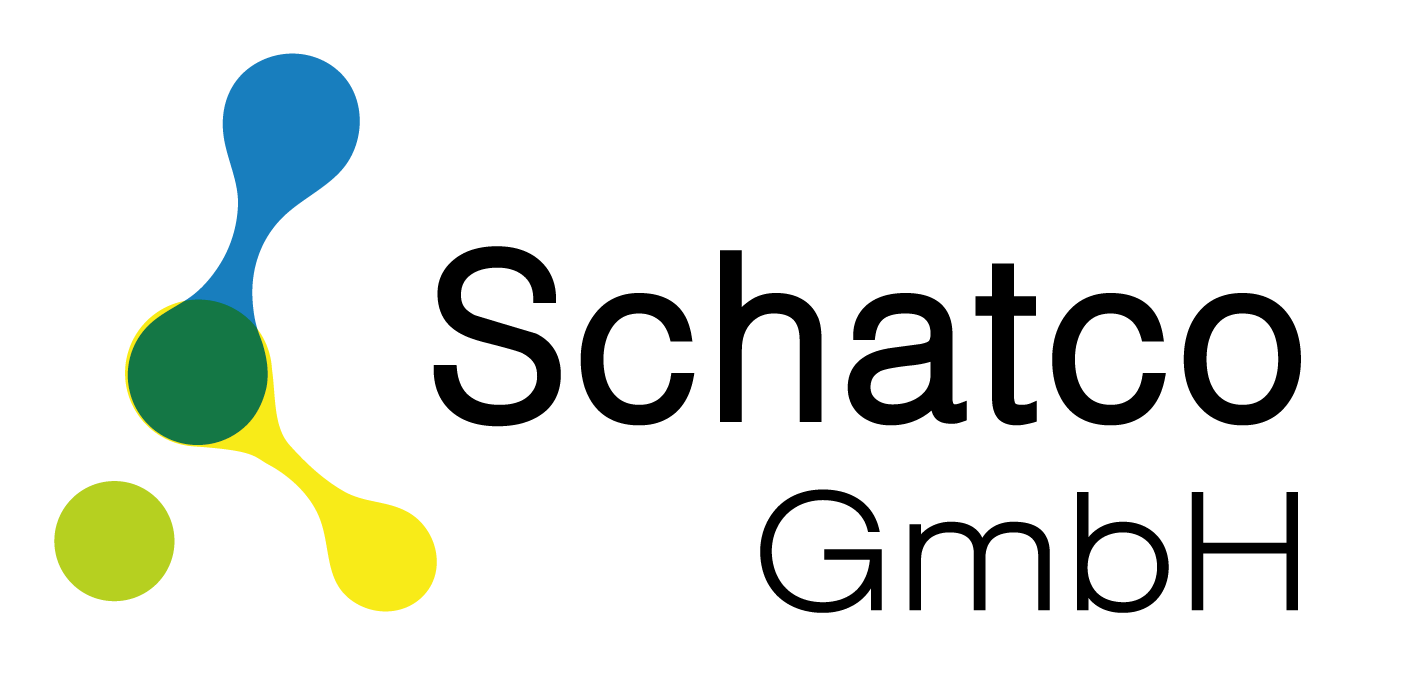Hydrolytically Stable Phosphite Processing Stabilizer
PRODUCT INFORMATION


Characterization
TSH-168 is a hydrolytically stable phosphite processing stabilizer. As a secondary antioxidant, TSH-168 reacts during processing with hydroperoxides formed by autoxidation of polymers preventing process induced degradation and extending the performance of primary antioxidants.
Applications
The application range of TSH-168 -synergistically combined with other Ciba anti-oxidants – comprises polyolefins and olefin-copolymers such as polyethylene (e.g. HDPE, LLDPE), polypropylene, polybutene and ethylene-vinylacetate copolymers as well as polycarbonates and polyamides. The blends can also be used in polyesters, styrene homo- and copolymers, adhesives and natural and synthetic tackifier resins, elastomers such as BR, SEBS, SBS, and other organic substrates. TSH-168 blends can be used in combination with light stabilizers of the TINUVIN and CHIMASSORB range.
Features/benefits
The application range of TSH-168 -synergistically combined with other Ciba anti-oxidants – comprises polyolefins and olefin-copolymers such as polyethylene (e.g. HDPE, LLDPE), polypropylene, polybutene and ethylene-vinylacetate copolymers as well as polycarbonates and polyamides. The blends can also be used in polyesters, styrene homo- and copolymers, adhesives and natural and synthetic tackifier resins, elastomers such as BR, SEBS, SBS, and other organic substrates. TSH-168 blends can be used in combination with light stabilizers of the TINUVIN and CHIMASSORB range.


Guidelines for use
Typically 500 – 2000 ppm of TSH-168 combined with appropriate levels of other additives are used for the processing stabilization of polymers. The optimum level is application specific. Extensive performance data of TSH-168 combinations in various organic polymers and applications are available upon request.
Handling & Safety
In accordance with good industrial practice, handle with care and prevent contamination of the environment. Avoid dust formation and ignition sources.
For more detailed information please refer to the material safety data sheet.











